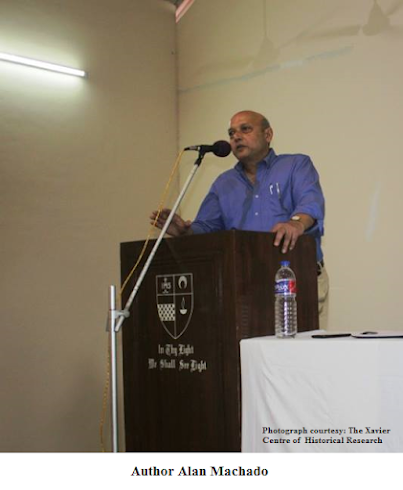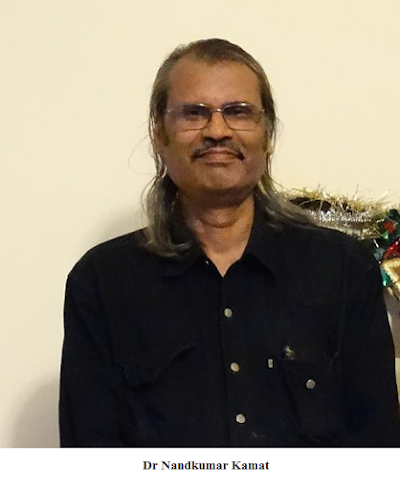Goa’s Blurring of Religious Boundaries

German anthropologist Alexander Henn spoke at the Xavier Centre of Historical Research, Porvorim, about his fascination with the existence of a cross cultural climate in Goa and its depiction in his book Hindu-Catholic Encounters in Goa: Religion, Colonialism, and Modernity . As a cultural anthropologist, his interest in the effects of the cultural differences, how they can be constructive and how they can be challenging, how they work between people and so on, is completely satisfied by the cultural diversity that is present in Goa. With its historical and cultural connections with Portugal and other European countries, and the presence of Hinduism and Catholicism existing side by side, Goa is an extremely potent region for anthropological studies. Henn’s focus while researching his book was the effect of religion on cultural diversity. He says, ‘One of my findings in the book is that I discovered over the years I was studying something surprisingly unexpected, in the sense that commo







